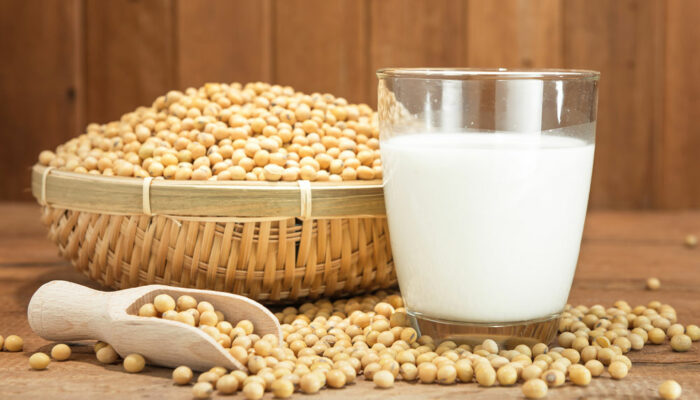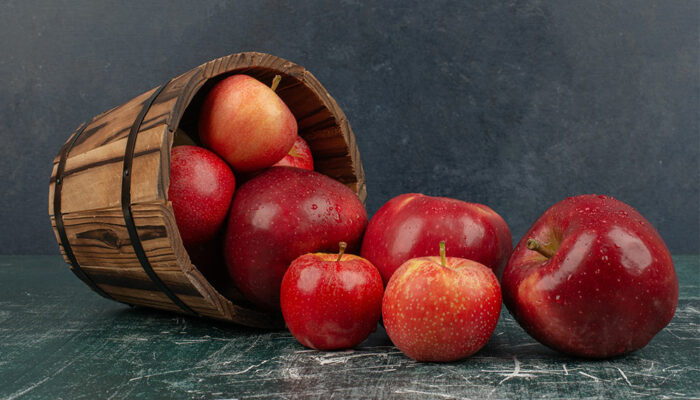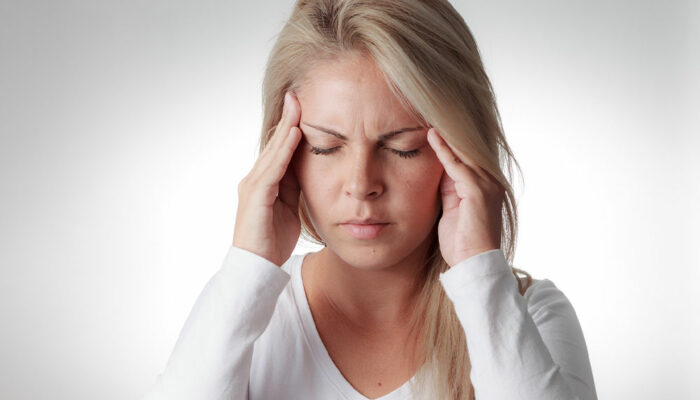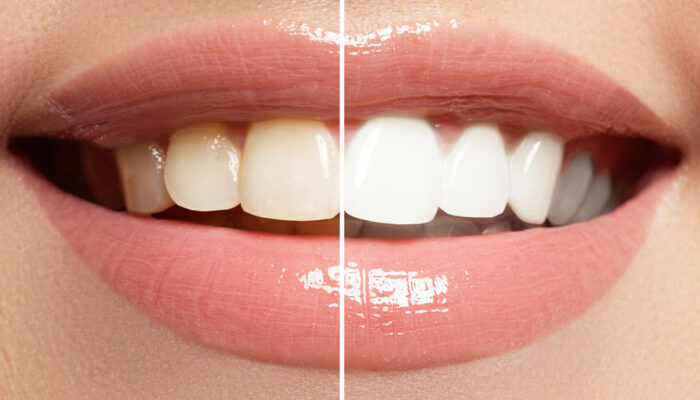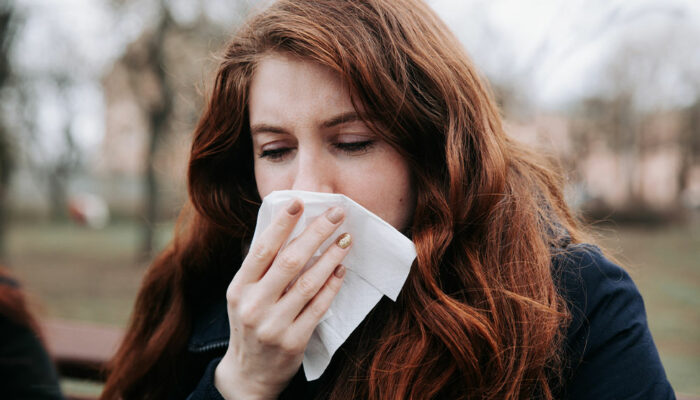
health
5 worst cities allergy sufferers should avoid
Allergies can be tough to live with. Studies indicate that environmental factors such as tree and grass pollen, dust mites, and mold trigger this condition. Some common allergic reactions include sneezing, coughing, watery eyes, runny or stuffy nose, or even swollen mucous membranes. Due to their climatic or geographical features, some cities may be bad for allergy sufferers. Keep reading to learn about cities that are best avoided if you are battling allergies. Scranton, PA According to a survey by the Asthma and Allergy Foundation of America (AAFA ), Scranton recorded below-average scores for spring and pollen allergies. Additionally, the allergy care program is not appropriate due to the lack of availability of allergy specialists, especially during the spring and fall allergy seasons. One of the reasons behind the pollen count upsurge is the birch tree growth surrounding the city’s coal banks that trigger a reaction. Wichita, KS Wichita is another city that scores below-average points in allergy management. Due to the rising temperatures during spring, tree growth increases, leading to more pollen production. This pattern also leads to a general increase in over-the-counter (OTC) treatment options to manage allergy symptoms. McAllen, TX The cedar pollen carried into the city by the mountain breeze is a significant trigger of allergy symptoms.
Read More 